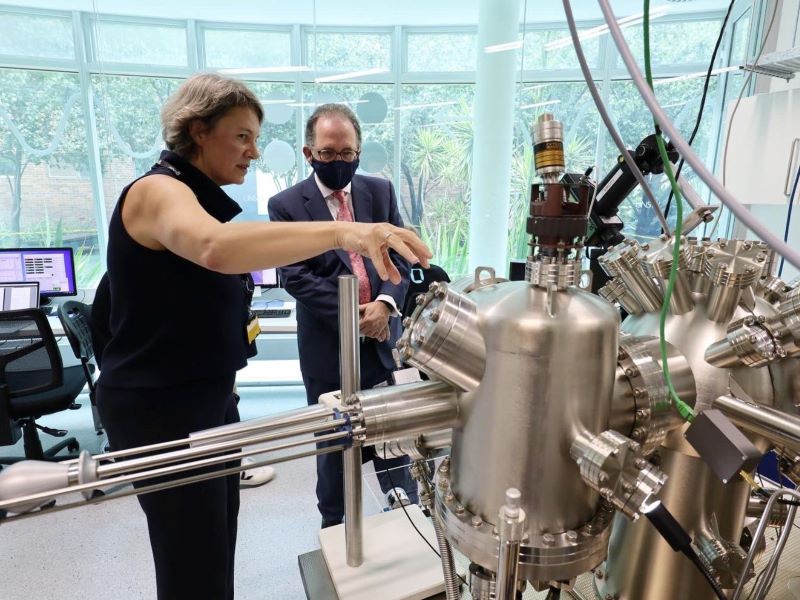The New South Wales government has backed a renewed focus on improving the commercialisation outcomes of university research with a program of increased co-investment in critical research infrastructure and skills attraction and development.
The state’s Minister for Science, Innovation and Technology Alister Henskens says that the “triple helix” of industry, universities and governments working together had created a much greater scope of possibilities for innovation, research and the commercialisation of technology.
Mr Henskens says that as the state’s first ever science minister, his focus is on how NSW will produce new industries, and future wealth.
“We have heavily relied on mining and agriculture in the past, and in many respects they are going to continue as a source of wealth,” he said. “[But] we need to think of our world leading minds as our great human capital, which through research and innovation will create the wealth of our future, and the jobs of our future, and the opportunities of our future.”
In this episode of the Commercial Disco, Mr Henskens talks about the national collaborative research infrastructure strategy and the co-investment relationship that NSW has with the Commonwealth, as well as the need for a specific focus on research talent attraction to help drive commercialisation outcomes.
“It’s really important that research is not just an intellectual exercise, an end in itself,” Mr Henskins said. “We really want to see that that research is coming out into real-world applications that can be commercialised.”
Universities understand that in order to attract the best research talent, very often they have to be able to demonstrate pathways to commercialisation, including the ability for researchers to enjoy equity positions in startup companies that are spun out from the institution.”
“The United States has been doing this for a long time, and we need to be doing it here, because that keeps us at the forefront of what’s happening in the world. That’s where we want to be playing.
“That issue of commercialisation is important to attract the best [talent],” Mr Henskens told InnovationAus.com. “But it’s also important in where we want to create future jobs.”
By playing at the highest levels of cutting-edge research and extending that effort to the global competition to commercialise that research, the state – and by extension Australia – can build industrial capability.
Technology is the key to creating and maintaining globally competitive industries, building new wealth and high-paying jobs. This is especially the case in relation to advanced manufacturing.
“If we can have advanced manufacturing here in this country – cutting-edge, with top tier technology – then we can actually enjoy advanced manufacturing in a high wage environment and still be globally competitive. These are the opportunities that technology give us.”
“We can’t shy away from it. We need to embrace this. We need to use our world-leading researchers and great human capital infrastructure that are within our universities to drive those jobs.”

With NSW unemployment rate at 3.7 per cent – its lowest ever – state Premier Dominic Perrottet has been vocal for months in calling for skilled migration to be restarted and cranked up.
Mr Henskens said that with unemployment at historical lows, the skilled migration program creates jobs for locals, it does not take jobs away from locals.
The reality is that the state needs to focus on both training locals in areas of high tech need, as well as bringing in targeted migrants to help with emerging skills and new skills that are in short supply, Mr Henskens said.
The government will open later this year an Institute of Applied Technology in Meadowbank later this year that is particularly focused on high technology skills – a recommendation of a report by David Gonski and Peter Shergold’s review of vocational training in NSW.
“We’re going to do both. We’re going to train people – we’ll have the capacity to train high-tech, cutting-edge skills here in New South Wales, but we’re also get in the expertise we need from outside [through skilled migration],” Mr Hesnsens told InnovationAus.
“And we’re working with the federal government to do that.”
Do you know more? Contact James Riley via Email.

